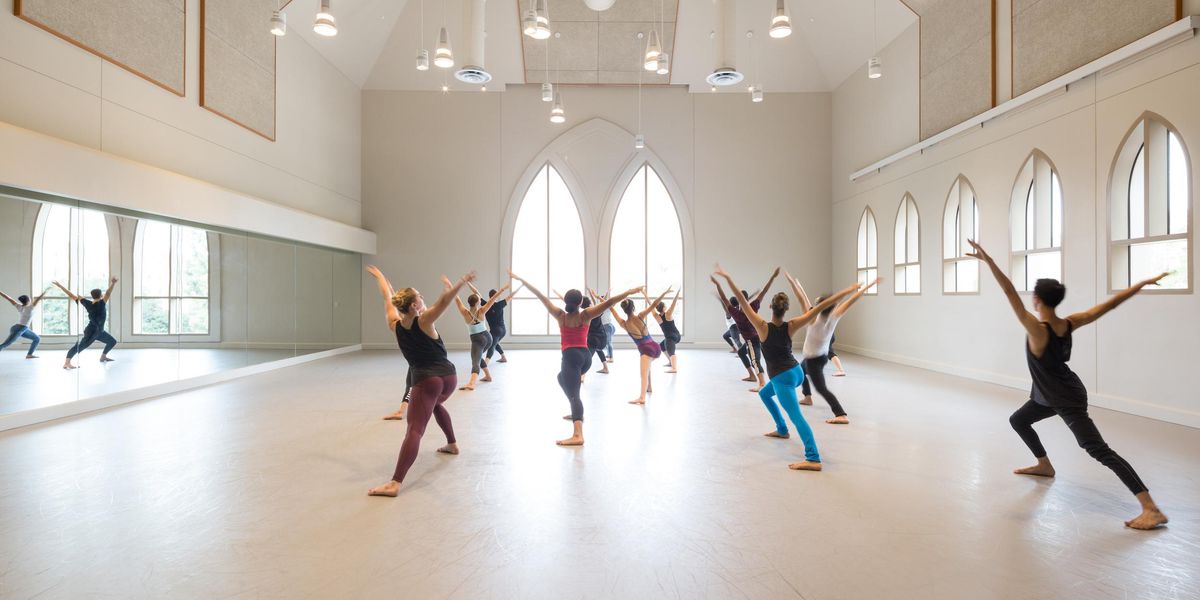On the Rise: Emma Hawes
A delicate femininity sets this corps dancer apart.
Sian Richards, Courtesy National Ballet of Canada
When National Ballet of Canada corps member Emma Hawes danced Swan Lake’s Act II pas de deux with fellow corps member Brenden Saye at last year’s Erik Bruhn Prize competition, audience members were spellbound. Every shape her body formed communicated Odette’s inner anguish. Hawes, 19, floated through space with delicate femininity, moving with a purity so natural it almost took viewers’ breath away. Few were surprised when she took home the Audience Choice Award. Says NBC principal artistic coach Magdalena Popa, who prepared Hawes for the competition: “Emma is convincing by not trying to convince. Her body just speaks.”
As it happened, Hawes’ ballet career was almost nipped in the bud—by a scary spiderweb. She was born and raised in Delaware, Ohio, a small town north of Columbus that’s home to Ohio Wesleyan University, where her father directs the swimming program. She attended a “Mommy and Me” class at age 3, but when Halloween came and the teacher made her sit on a spiderweb mat, Hawes was scared away from dance for almost four years. When she returned, she started ballet, and moved around local studios until settling at the BalletMet Dance Academy in Columbus. It was a senior teacher there, Canadian-born Susan Dromisky, who spotted Hawes’ potential. She suggested Hawes audition for Dromisky’s own alma mater, Canada’s National Ballet School.
In 2005, Hawes tried out for the full-time program; she was accepted and began the next year. National Ballet artistic director Karen Kain started watching Hawes closely after the dancer caught her eye at a 2009 student showcase in the role she would later perform at the Bruhn competition. “I saw this incredible instrument Emma has,” says Kain, “those beautiful long legs and well-arched feet—everything you could want in a dancer.”
Where other young dancers fresh out of school expect to spend a year or two as apprentices, when Hawes graduated in 2011 Kain hired her directly into the corps at age 17. “She could have gone anywhere, and I didn’t want to lose her,” Kain says. Hawes says that the transition from school to company was daunting. “The challenge was to develop enough strength to keep going all day,” she recalls. As it was, Hawes ended that season with a torn meniscus, but Kain had already decided the moment was right to offer her the Bruhn competition. “The only way you learn is to get that kind of focus and attention,” says Kain.
Hawes more than fulfilled Kain’s expectations. NBC principal Guillaume Côté, who choreographed an angular duet for Hawes and Saye to dance in the competition’s contemporary round, was equally impressed by her dedication. “I was pushing her beyond her comfort level, but there was an incredible improvement from rehearsal to rehearsal. I knew she’d been working at it on her own time.”
Hawes seems content to await her next big opportunity. Although she had initially considered other companies, she’s glad she stayed in Toronto. “It’s an amazingly varied repertoire,” she says, explaining that she’s excited by the way it stretches her to be versatile. This season’s choreography includes Christopher Wheeldon and Jorma Elo. Despite Hawes distinguished performance in the Bruhn competition, Karen Kain is in no hurry to push her. Hawes is still only halfway through her second season. “I need to give her time,” says Kain, “but she has all the qualities to have a wonderful career.”
Michael Crabb is dance critic of
The Toronto Star.




